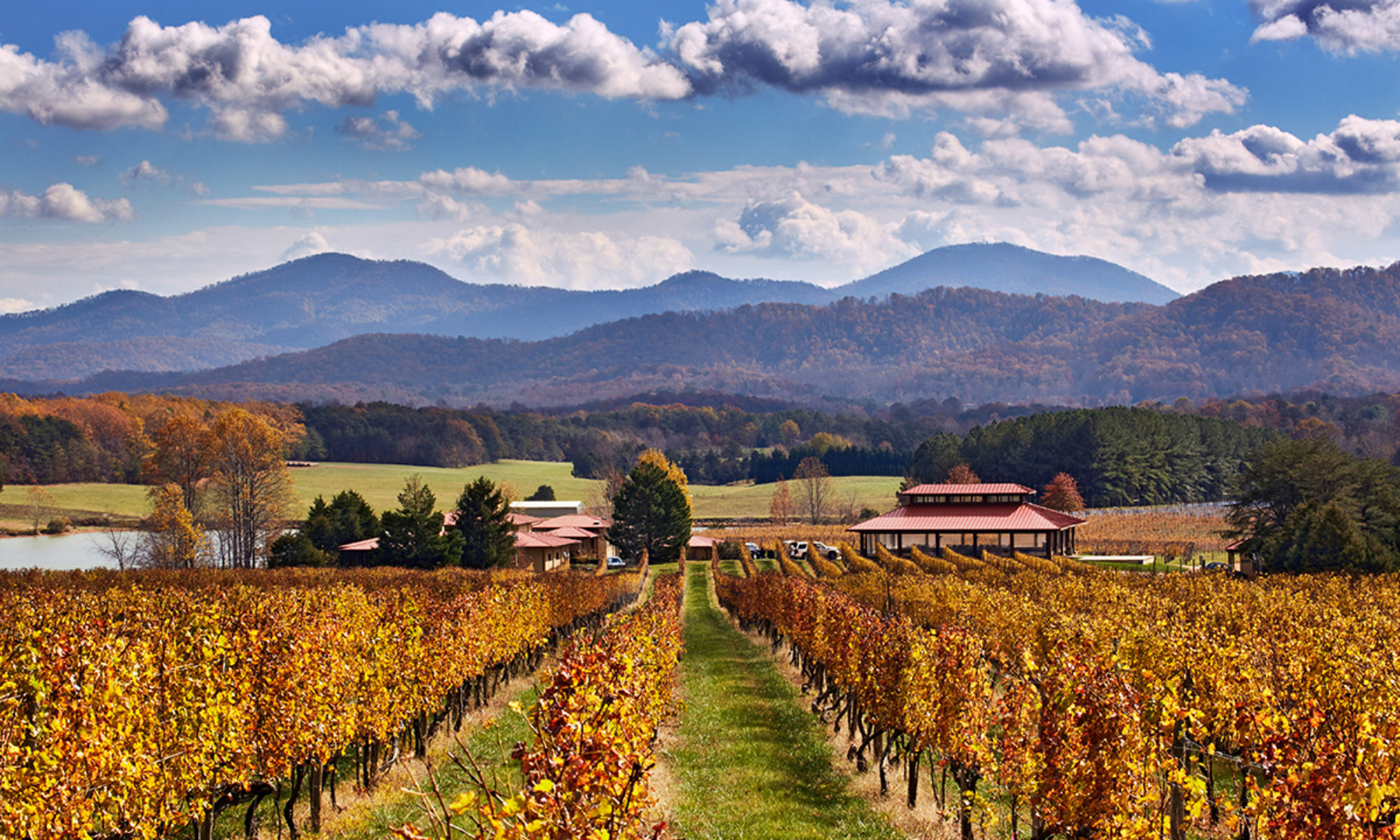Lazy Days Winery
Located in Amherst, Amherst County, off of Route 29 near Lynchburg. Lazy Days is a family winery owned by William and John Fitzhugh, in what was once the Central Virginia Livestock Yard. The first vines were planted in 2007, and Lazy Days enlisted the help of Virginia wine guru Michael Shaps. Wines are now 100% estate-grown and produced, with William Fitzhugh the winemaker. With a large adjoining amphitheater, Lazy Days is a venue for weddings and other events, including the Virginia Summer Solstice Wine Festival.
Wine. Tier III. Interesting array of grapes grown on the vineyard’s nine acres produce Lazy Days’ 100% estate grown wines. The original plantings of Petit Manseng, Petit Verdot, and Merlot have been joined by Chambourcin, Traminette, Tannat, Malbec, Pinotage, Albarino and Arneis (a white wine grape from the Italian Piedmont). They are also known for the “Bill’s Wild Blackberry” wine, which was awarded a bronze medal at the 2022 Virginia Governor’s Cup wine competition. Co-owner William Fitzhugh is the winemaker.
Setting. One star. Good and expansive views of the Blue Ridge Mountains. A laid-back atmosphere as one would expect from the name. The tasting room is in the old stockyard showroom from the days of the Livestock Fair. Cheese and fruit platter available.
Stories. Monacan Indian Nation Ancestral Museum. Some ten miles from Lazy Days Winery, still in Amherst but to the southwest of the village center, is the Monacan Indian Nation Ancestral Museum. The Monacan are the Westernmost of Virginia’s Native American tribes, and one of the few tribes still located on the land which they have inhabited for more than 10,000 years. The earliest written histories of Virginia record that in 1607, the James River Monacan (along with their Mannahoac allies on the Rappahannock River) controlled the area between the Fall Line in Richmond and the Blue Ridge Mountains. Both were Siouan tribes, and at the time, the Virginia Siouans numbered more than 10,000 people. They were an agricultural people who grew the “Three Sisters” crops of corn, beans and squash, and they had domesticated a wide variety of other foods, including sunflowers, fruit trees, wild grapes and nuts. They lived in villages with palisaded walls, and their homes were dome-shaped structures of bark and reed mats. They hunted deer, elk and small game. The Monacans also buried their dead in mounds, a tradition that differentiates them from neighboring Indian nations. Throughout the piedmont and mountain regions, thirteen mounds have been identified. In the 1750s, Thomas Jefferson described a party of passing Indians on his property (near Monticello) who visited a burial mound there. They stayed at the mound for quite some time. Because the Monacans of Amherst County were the only Siouan Indians remaining in the mound region at this time, it is assumed that they were these travelers. As European settlers pushed into the mountains, most Native Americans moved further west or north. Some of the Monacan people stayed in Virginia, entrenched in their ancestral home in the mountains, a place that became known as Amherst County. Other members of their confederacy, such as Saponis, Occaneechis, and Tutelos, joined these remaining Monacans, and the Monacan people adopted the few Tuscaroras who chose to remain in Virginia. With over 2,300 citizens, the Monacan Nation is a federally recognized tribe. The Monacan community today centers around Bear Mountain in Amherst County. In 1868, a parcel of land was donated for a meeting place for the Indian people. Shortly thereafter, a log building was built, to be used for the meeting place; this became the Indian mission school, which still stands at the foot of Bear Mountain and is now a registered national historic landmark. In 1995 the cabin was turned over to the Monacan Nation, and is now the Monacan Ancestral Museum. The Museum is staffed by volunteers from the tribe.
